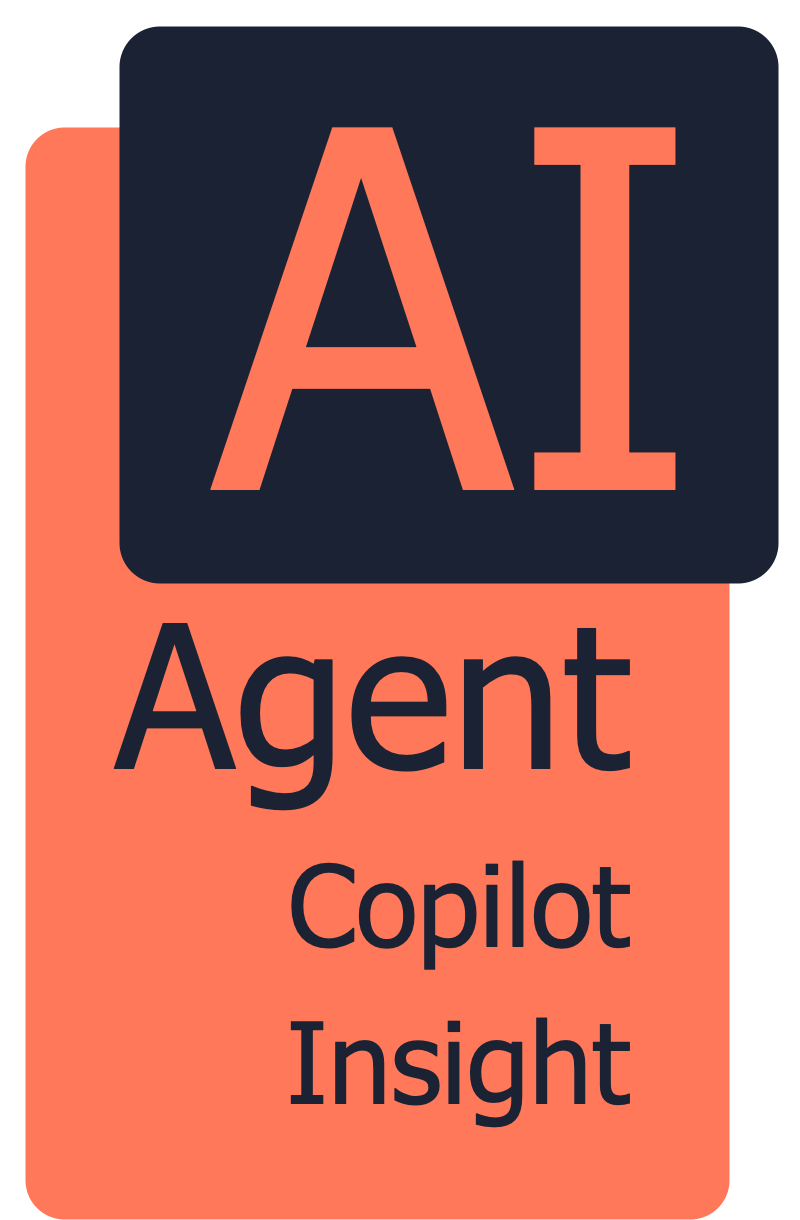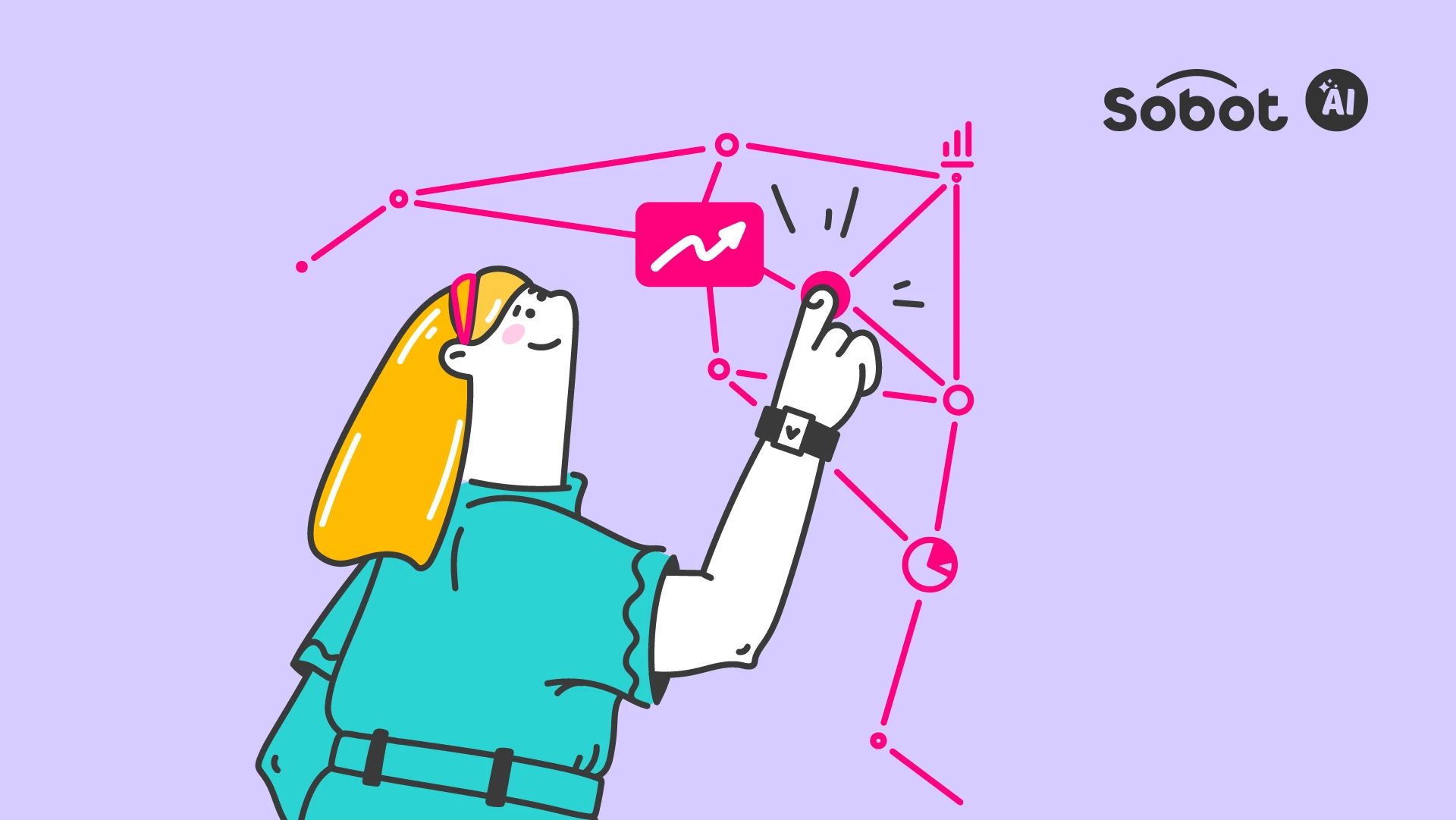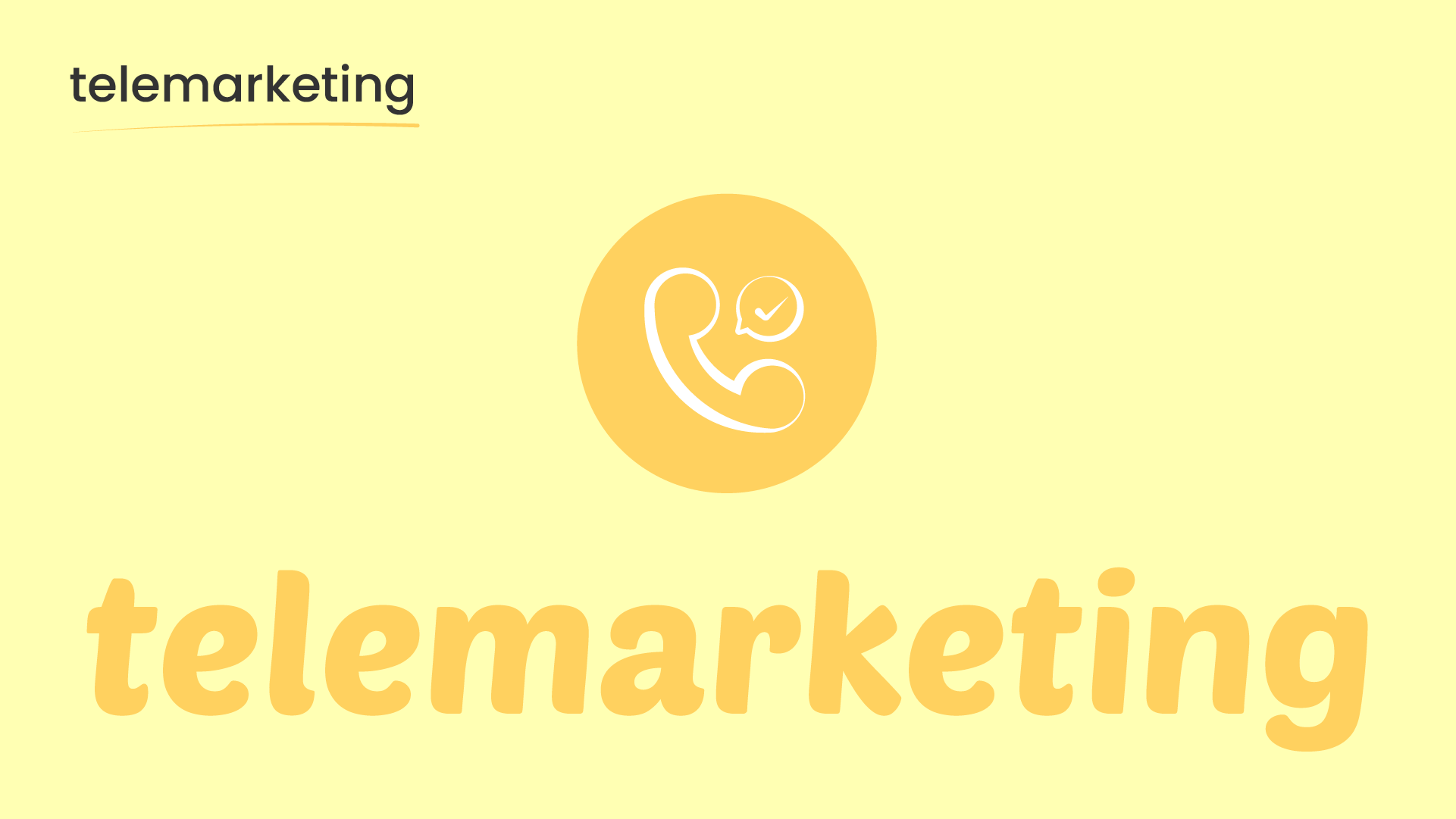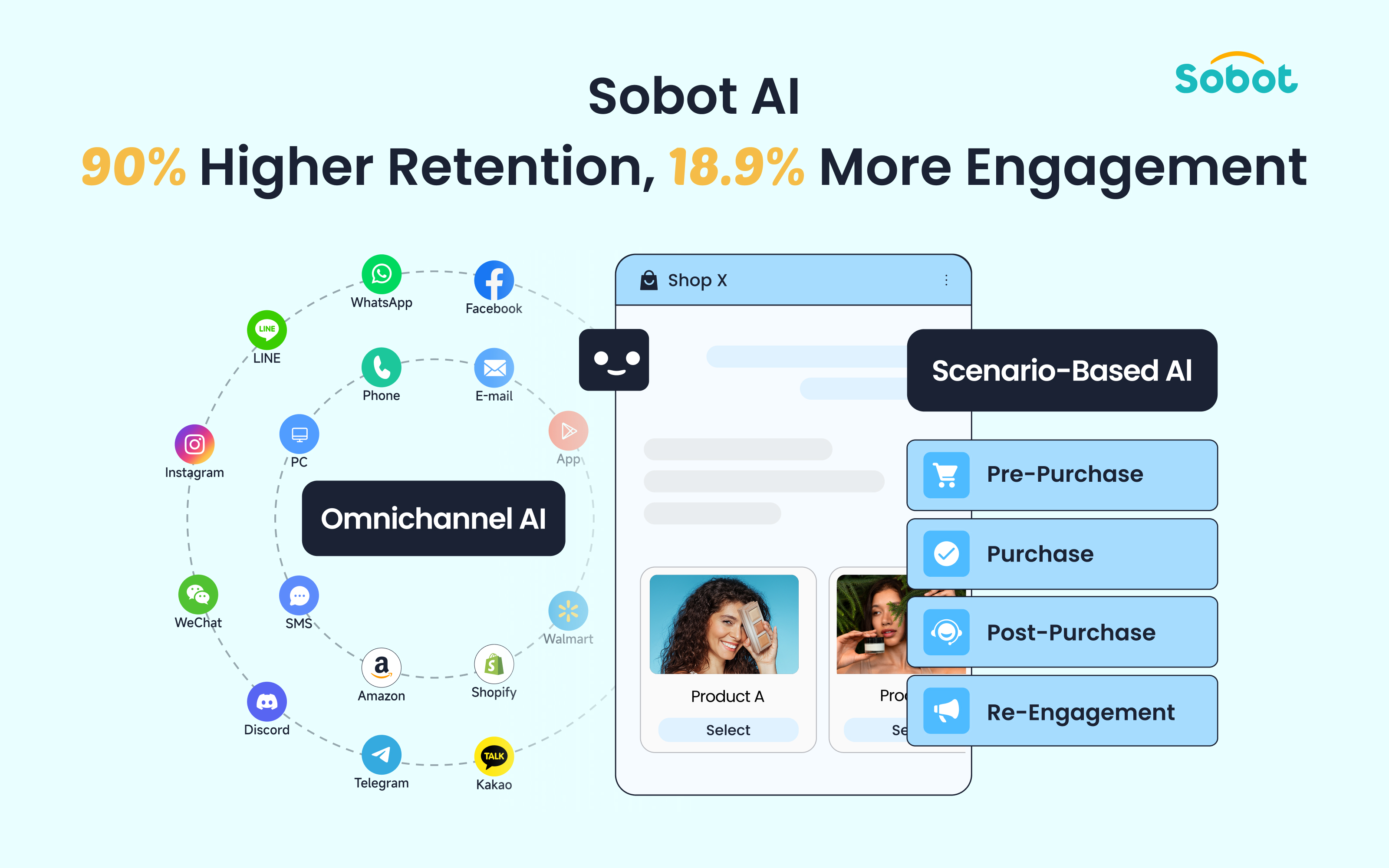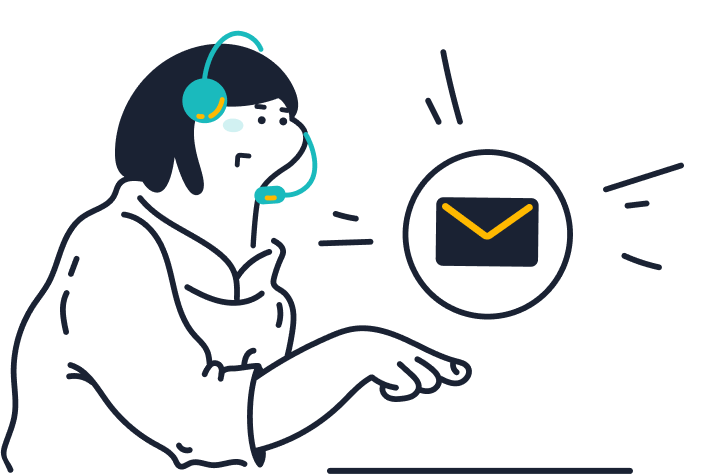With AIGC advancing at break-neck speed, LLMs—armed with formidable comprehension and generation capabilities—have injected fresh momentum into enterprise customer contact, driving up service efficiency and opening the door to elevated customer experiences. Yet the road to real-world deployment is anything but smooth.
Constrained by some limits of AIGC, companies have run into new problems in the real use of LLMs:
- The “LLM hallucination” in conversations has caused chatbots to answer beside the point or spout nonsense, undermining both answering accuracy and customer satisfaction .
- Beyond the text-based chatbot, businesses also want to apply LLMs across voice, email and more other inquiry channels.
Sobot AI Agent, with a precise focus on the real needs of enterprises, has created a new model of LLM-powered customer contact. It features “omnichannel application”, “high-accuracy response”, “easy operation and maintenance” and “personalized guidance”, helping businesses further improve customer service and operational efficiency.
Omnichannel Application
LLM Technology Applied to Multiple Contact Channels Simultaneously
Most customer contact centers only apply AIGC in the knowledge base of chatbots. Due to the lack of knowledge base sharing, other types of bots (such as voicebots) were unable to utilize AIGC. With Sobot AI Agent, this problem has been completely solved:
- The knowledge base has been upgraded to a “Knowledge Center”, serving as the knowledge foundation for LLMs;
- The Knowledge Center acts as a public resource, providing a knowledge foundation for all contact channels.
Businesses can experience the subversive transformation mainly through the following aspects:
1. Businesses just need to maintain the only “Knowledge Center”.
There is no longer a need to configure different knowledge bases for different bots or human agent workbenches. All types of business knowledge can be uniformly managed and maintained in the Knowledge Center, which greatly reduces knowledge operation costs and solves the problem of knowledge consistency.

2. Second, AIGC can be applied to “all contact channels”.
In addition to online chatbots, other products such as intelligent outbound/inbound voicebots, email ticketing system, and customer service workbench can all utilize AIGC capabilities to understand, extract, and generate responses based on the new Knowledge Center, enabling all businesses to be empowered by AIGC.
For example, the AI Agent interface has been integrated into the IVR of the call center, supporting one-click addition of AI Agent at any node. When a user calls in, the AI Agent will give flexible responses in voice based on the user’s questions or replies. Compared with traditional inbound voicebot, AI Agent is more flexible and closer to real-person interaction.
In addition, AI Agent supports batch upload of various learning materials in a “feeding” manner, including product description flyers, official documents, training materials, etc., covering mainstream formats such as txt, pdf, and docx. The Knowledge Center can automatically analyze and learn the information in the files without splitting them into Q&A pairs.
High-Accuracy Response
Effectively Reduce the Probability of AIGC Hallucinations
“Hallucination” here refers to the phenomenon where LLMs generate responses that are factually incorrect, nonsensical, or inconsistent with their training data. This is an inherent limitation of current model architectures. So it is essential to constrain the LLM’s generative boundary through proven techniques and to effectively utilize the business’s own knowledge, striking a balance between coverage and accuracy.
From day one, Sobot AI Agent was designed to solve this problem through two guardrails.
1. In terms of retrieval capability, cutting-edge large model technology—Retrieval-augmented Generation (RAG)—has been applied.
Before the LLM generates answers, it retrieves relevant information for several times from numerous files in the Knowledge Center, and then generates content based on those snippets. By grounding the generated answers in the businesses’ internal materials rather than public data, it can dramatically improve both generation quality and accuracy.
2. AI Agent allows businesses to set the “recall threshold” of LLM-powered bots by themselves.
After a customer asks a question, AI Agent computes the question’s similarity against every pre-set knowledge in the Knowledge Center. Only if the similarity score exceeds the recall threshold will the canned answer be recalled and used; otherwise, AI Agent will utilize AIGC to directly generate answers by itself.
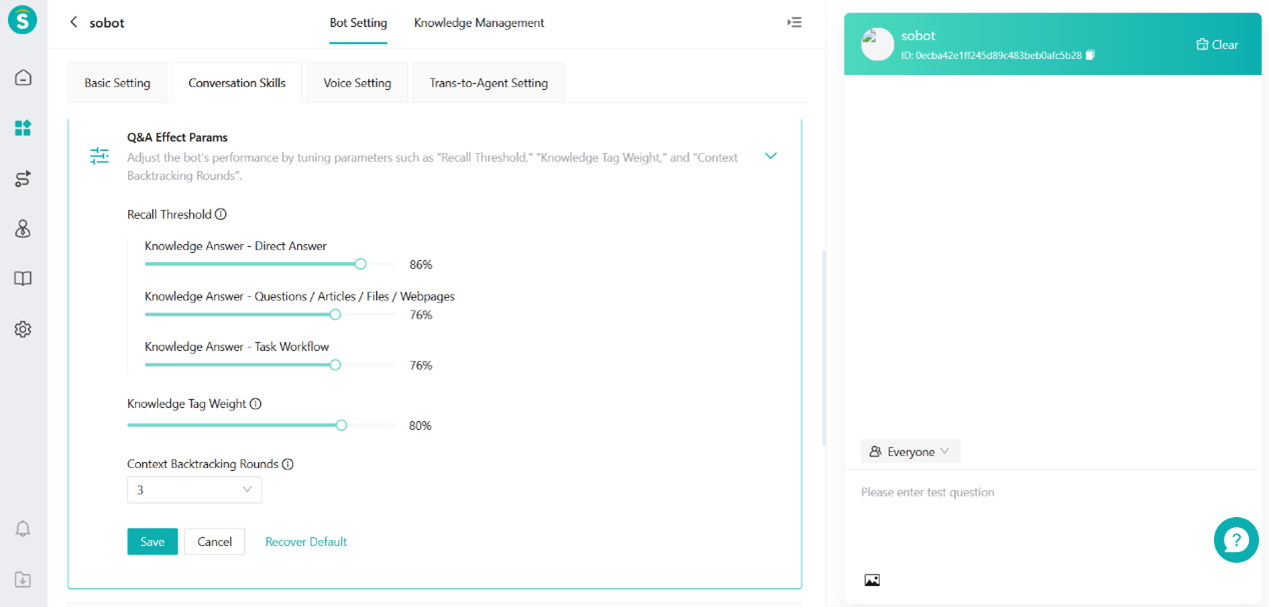
Example: A customer’s question similarity scores 50 against all stored knowledge. If the recall threshold is 60, which is higher than the question similarity score, there will be no canned answers that can match the requirement. Under such circumstance, AI Agent will automatically generate answers by itself with the use of AIGC. t If the recall threshold is 40, which is lower than the question similarity score 50, then the pre-set answer (similarity=50) can be recalled and sent to the customer directly.
Sobot AI Agent supports businesses to set the recall threshold themselves based on their business types and risk tolerance, ensuring better collaboration between businesses’ internal knowledge and AIGC, and further boosting high-accuracy responses.
AI Agent now delivers an 80 % direct-answer rate with 95 % accuracy.
Easy Operation and Maintenance
Multilingual Recognition & Understanding—Support Global Businesses
For businesses operating worldwide, the knowledge materials for LLMs to learn usually need to be translated into multiple languages, which is repetitive and error-prone.
Now with a single-language knowledge base, Sobot AI Agent can automatically generate multiple knowledge bases in different languages by utilizing LLM’s translation capability. Currently, Sobot AI Agent totally supports 19 languages: Simplified Chinese, Traditional Chinese, English, Arabic, French, Portuguese, Korean, Spanish, Italian, Japanese, German, Malay, Indonesian, Russian, Thai, Vietnamese, Turkish, Polish and Dutch.
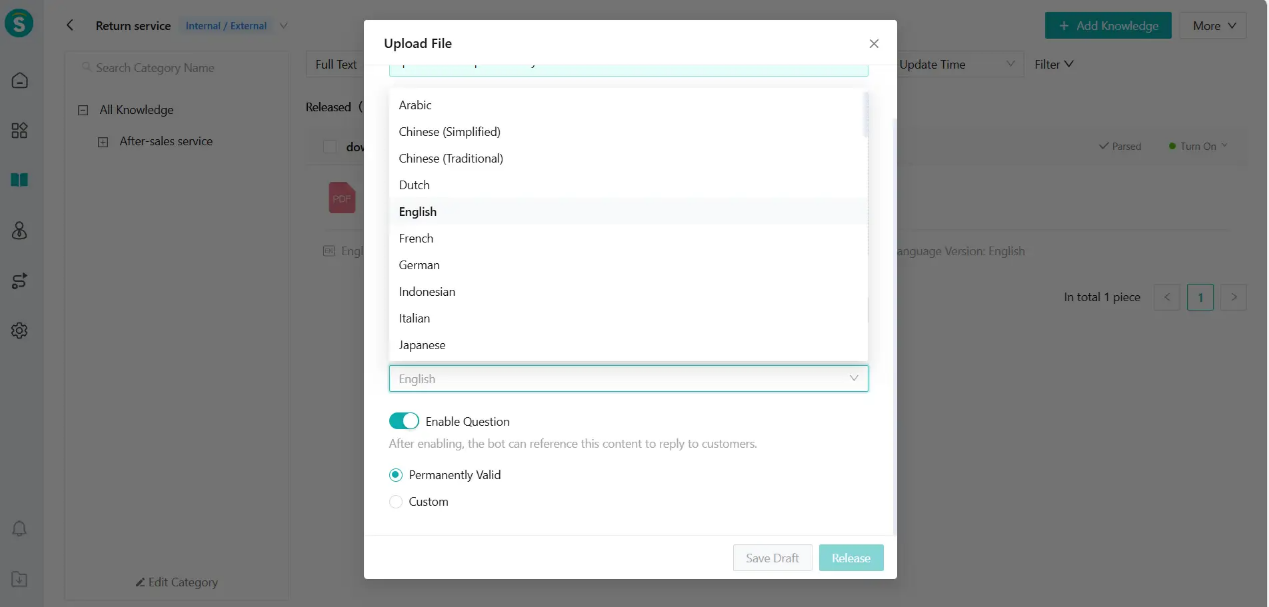
Upload once, AI Agent simultaneously masters the materials in every supported language. When customers ask in any of these languages, the AI Agent answers natively—no extra configuration required.
To simplify day-to-day operations, the Knowledge Center now supports language filter. Select “English”, for instance, and only knowledge in English will appear, streamlining search and maintenance.
Personalized Guidance
Customized and Intelligent Guidance for Task Completion
Customer-service workflows differ by scenario. Take “returns & exchanges” as an example, the whole process mainly includes 4 steps: Initial contact & reason verification, product condition assessment, eligibility check and providing solutions. Each step demands different information from the customer. Because the interaction is complex, most companies still rely on human agents.
With the AI Agent, businesses can now automatically address all steps with intelligent task workflows without human agents. Using the no-code workflow builder, teams configure personalized conversation flows that deliver:
- Smart questioning: AI Agent asks context-related questions. If a question must be repeated, the expressions can be varied to keep the exchange natural.
- Smart collection: AI Agent extracts required keywords from free-form customer replies. Missing data trigger a follow-up prompt.
- Smart escalation: When the flow reaches a hand-off node, AI Agent initiates transfer to a human agent without any user action. The routing rules are fully customizable.
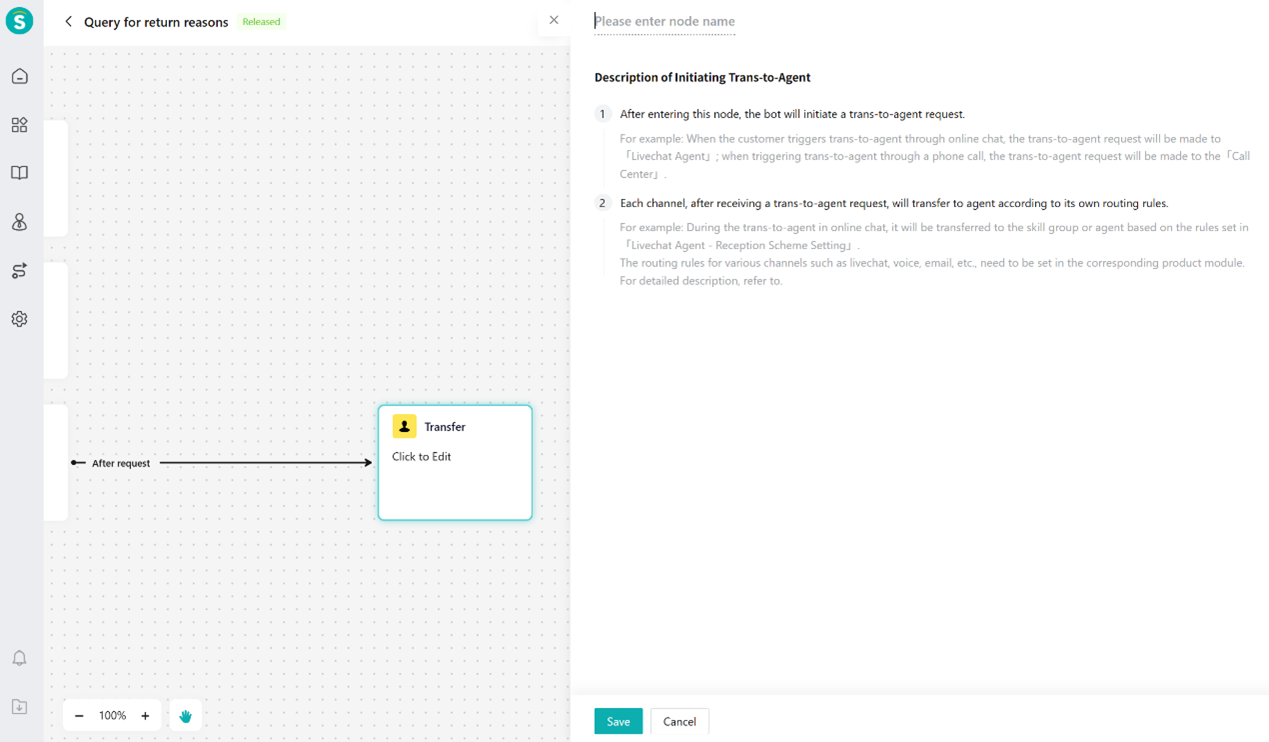
Sobot AI Agent, with its four core advantages of omnichannel application, high-accuracy response, easy operation and maintenance, and personalized guidance, provides intelligent solutions for enterprise customer contact. It effectively addresses the pain points in the application of LLMs and helps improve service efficiency and customer experience.
Don’t miss this intelligent innovation—act now to make your customer contact efficiency one step ahead!
